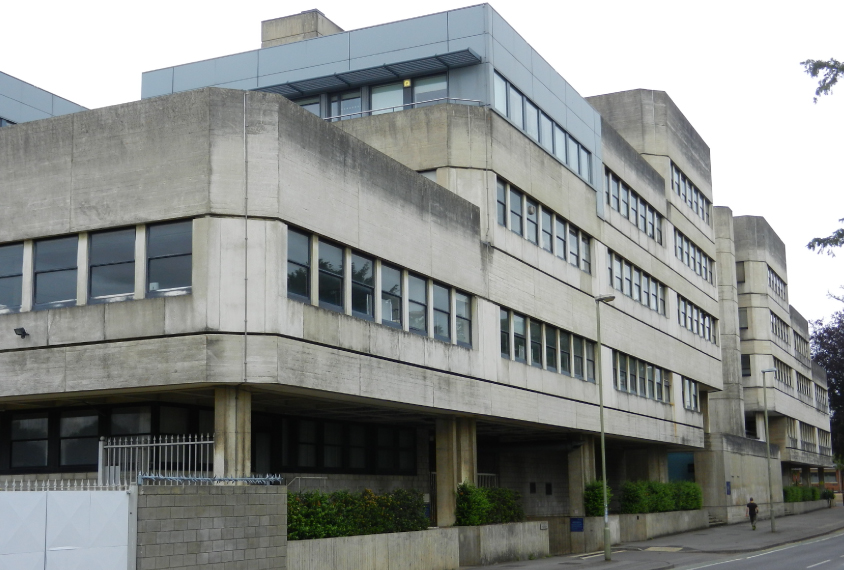
Asbestos discovery ousts U.K. researchers from their labs
More than 1,500 people were forced to abandon labs and offices at the University of Oxford after a routine renovation revealed asbestos in a building.
More than 1,600 people were forced to abandon labs and offices at the University of Oxford in the United Kingdom after a routine renovation revealed asbestos in a building.
Faculty and staff at the university’s Tinbergen Building, which houses the experimental psychology and zoology departments, had just two days’ notice to clear their desks and remove essential lab equipment. The university is still weighing whether to renovate the condemned building or demolish it. The building will not reopen for at least two years, according to a statement from the university.
In the meantime, university officials are in the process of relocating roughly 750 staff members and 900 students to buildings across the Oxford campus. “The University is now working to minimise disruption to all staff and students,” the statement reads.
Among the displaced scientists is Catherine Manning, a junior research fellow investigating how children with autism make decisions based on visual information. Her lab had metal shielding built into all four walls to block out electromagnetic noise for her electroencephalography (EEG) studies. It also had colorful floors, child-sized tables and lots of toys, as well as family parking right outside and a room for parents to wait in while their children participated in studies.
“What we had in the building was a nice, child-friendly setup,” Manning says. “We are in the process of moving it, but it will take some time to set it up how we want it to be.”
Quick closure:
Manning’s temporary off-campus lab space does not have the metal shields — which she says could skew her experiments. “I can’t say what the quality of the data will be in the new building,” she says.
EEG labs that lack electrical shielding often use techniques to computationally filter out the background noise from the data. Manning hopes to apply these techniques in her temporary space. She says the university plans to eventually transfer her lab to a new building with noise-filtering walls and family-friendly facilities.
Geoffrey Bird, associate professor of cognitive neuroscience, moved his lab to the Tinbergen Building from King’s College London just two months ago. He uses functional magnetic resonance imaging to study brain activity during social cognition tasks in people with autism.
So far, the evacuation has had little impact on Bird’s work because most of his research group — five graduate students and two postdoctoral researchers — are still finishing projects in London. Only one graduate student had moved to Oxford, and that student has been on a three-month visit to the Massachusetts Institute of Technology in Cambridge, Massachusetts.
Still, the closure came as a surprise so soon after his move, Bird says. And it is unclear when he will have a new permanent lab.
“I think most people were pretty shocked at the timescale of the closure,” he says, noting that the university has said it could take four years for his new space to be ready. In the meantime, Bird plans to keep his research team in London and manage them from a temporary office about four miles from the Tinbergen Building.
Recommended reading

Expediting clinical trials for profound autism: Q&A with Matthew State

Too much or too little brain synchrony may underlie autism subtypes
Explore more from The Transmitter

Mitochondrial ‘landscape’ shifts across human brain

